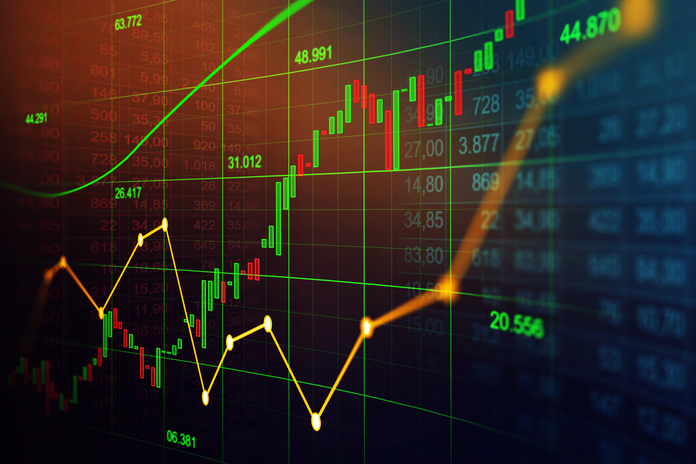Despite better-than-expected earnings for the first quarter, the stock market faces challenges maintaining consistent gains as increasing Treasury yields dampen sentiment for equities. This trend is reminiscent of the period in 2023 when surging yields led to a stock market downturn.
Piper Sandler’s chief investment strategist, Michael Kantrowitz, highlighted the impact of higher rates on equities, noting that rising Treasury yields have been consistently correlated with declines in stock prices. With the 10-year Treasury yield reaching 4.63%, its highest level since November 2023, and the S&P 500 falling approximately 3% since the start of April, Kantrowitz emphasized the difficulty of envisioning stock market gains without a decline in rates.
Similar dynamics are observed in the two-year Treasury yield, with Evercore ISI’s Julian Emanuel identifying 5% as a key technical level influencing stock performance. As the two-year yield approached 5%, stocks experienced a decline from their April highs. Currently, the two-year yield sits at 4.98%.
The surge in yields reflects reduced expectations for Federal Reserve interest rate cuts in 2024, shifting from nearly seven anticipated cuts to around one, according to Bloomberg data. Morgan Stanley’s chief investment officer, Mike Wilson, suggested that upside pressure on yields will persist unless Fed Chair Jerome Powell surprises with a dovish stance during an upcoming press conference.
However, economists anticipate Powell maintaining a cautious tone, emphasizing the need for policy patience amid persistently high inflation. This stance is expected to provide little relief to the bond market.
Rising yields have contributed to the S&P 500’s decline this month, despite earnings surpassing estimates by an average of 9%. Wilson attributes the muted stock price reactions to valuation pressures from higher rates.
Goldman Sachs'(NYSE:GS) chief US equity strategist, David Kostin, cautioned that certain segments of the equity market, particularly those with weak balance sheets, are more vulnerable to continued yield increases.
Featured Image: Freepik









